I just finished reading the August/September 2009 issue of American Music Teacher. Perhaps you’ve already read it too, if you’re a member of MTNA.
I was struck by an article written by Lezlee Bishop, 2009 Top Issues Project (pg. 27). Her article presents the results of a survey run from February 1 through April 30, 2009, with participation from 46 states and 1,118 teachers. According to the article, “Teachers were asked to choose five of the items on the list that were most important to them.” The top results:
- Teaching students who are over scheduled in today’s society: 768 votes
- Making a living at teaching, and setting fees accordingly: 533 votes
- Positive communication with parents and students: 503 votes
- Being connected to other teachers: 502 votes
- Developing and following through on studio policies: 377 votes
- Respect in the community for what I know and what I do: 357 votes
- Continue my own instrumental study: 306 votes
- Marketing myself as a music teacher: 294 votes
- Taxes, records and deductible expenses: 276 votes
- Continuing Education/Being an advocate for the arts in my community: 267 votes
Fastinating, eh? I was intrigued to see what other teachers are being challenged by today. How many of you were surprised by the #1 answer? Not me.
Which of these issues have you experienced?




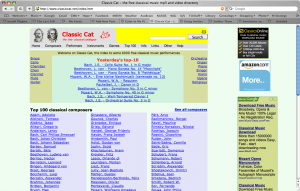 This site is a great place to send your students who are working on Classical repertoire. Personally, I’ve been able to use the NAXOS site to listen to pieces I’m currently working on, but I’ve always had free access as a college student. (Otherwise you have to pay to use it.) But ClassicCat.net is free, plus it often allows you to not only listen to the mp3’s, but often to download them also!
This site is a great place to send your students who are working on Classical repertoire. Personally, I’ve been able to use the NAXOS site to listen to pieces I’m currently working on, but I’ve always had free access as a college student. (Otherwise you have to pay to use it.) But ClassicCat.net is free, plus it often allows you to not only listen to the mp3’s, but often to download them also! 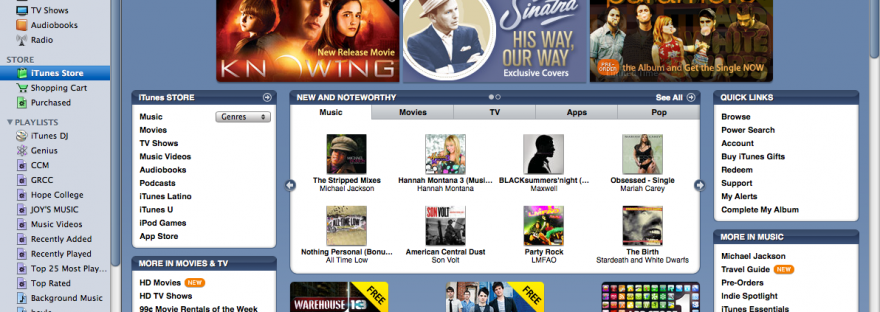
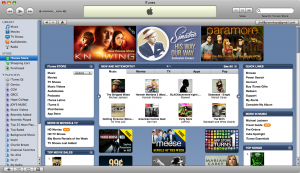 Did you know that iTunes offers free downloads each week? If you use iTunes on your computer (you can download it
Did you know that iTunes offers free downloads each week? If you use iTunes on your computer (you can download it 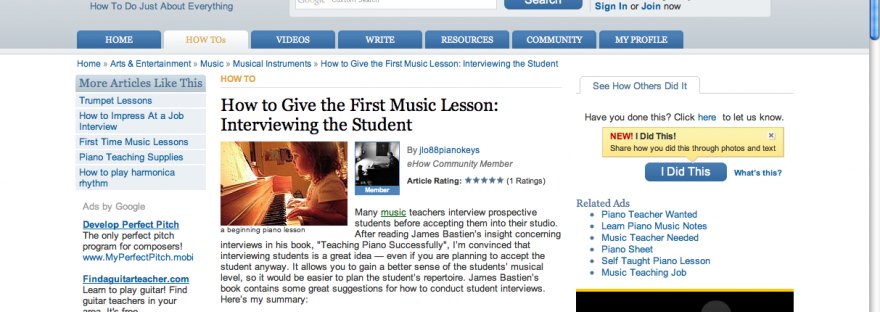
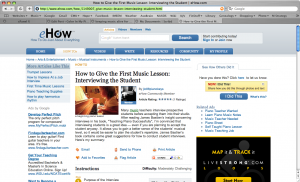
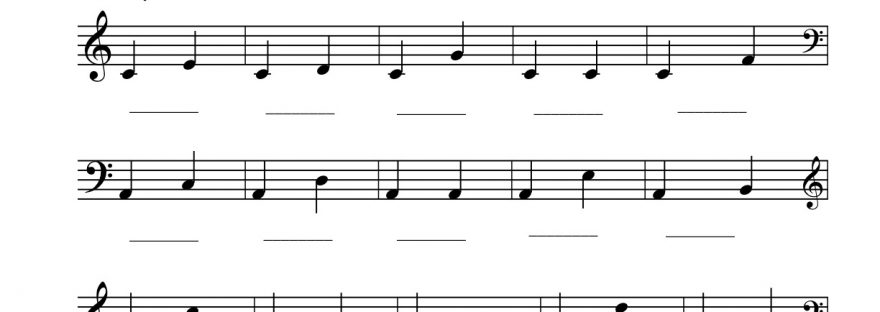
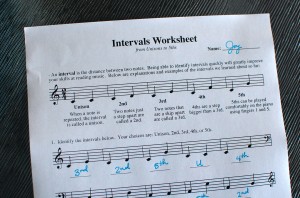 Do you find yourself telling students how much easier it would be if they learned to recognize intervals on sight when they are sight-reading? Here are two new free, printable worksheets, designed to help students who have difficulty distinguishing between different intervals on the staff. The first one is for younger students who have just begun reading staff notation. It teaches and quizzes the difference between unisons, 2nds, and 3rds. The second worksheet is a little bit harder, adding 4ths and 5ths into the mix. Enjoy!
Do you find yourself telling students how much easier it would be if they learned to recognize intervals on sight when they are sight-reading? Here are two new free, printable worksheets, designed to help students who have difficulty distinguishing between different intervals on the staff. The first one is for younger students who have just begun reading staff notation. It teaches and quizzes the difference between unisons, 2nds, and 3rds. The second worksheet is a little bit harder, adding 4ths and 5ths into the mix. Enjoy!
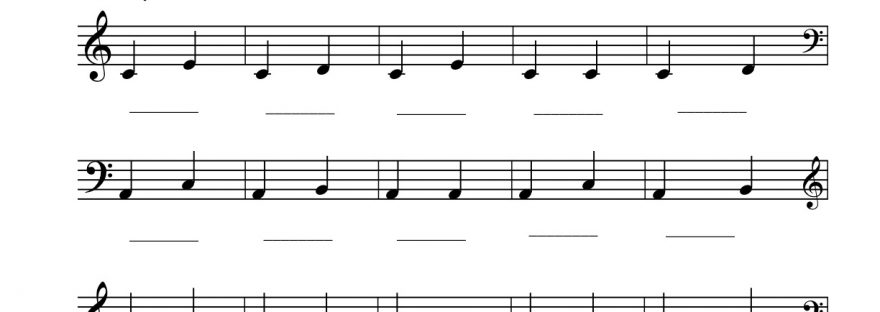
 Do you find yourself telling students how much easier it would be if they learned to recognize intervals on sight when they are sight-reading? Here are two new free, printable worksheets, designed to help students who have difficulty distinguishing between different intervals on the staff. The first one is for younger students who have just begun reading staff notation. It teaches and quizzes the difference between unisons, 2nds, and 3rds. The second worksheet is a little bit harder, adding 4ths and 5ths into the mix. Enjoy!
Do you find yourself telling students how much easier it would be if they learned to recognize intervals on sight when they are sight-reading? Here are two new free, printable worksheets, designed to help students who have difficulty distinguishing between different intervals on the staff. The first one is for younger students who have just begun reading staff notation. It teaches and quizzes the difference between unisons, 2nds, and 3rds. The second worksheet is a little bit harder, adding 4ths and 5ths into the mix. Enjoy!